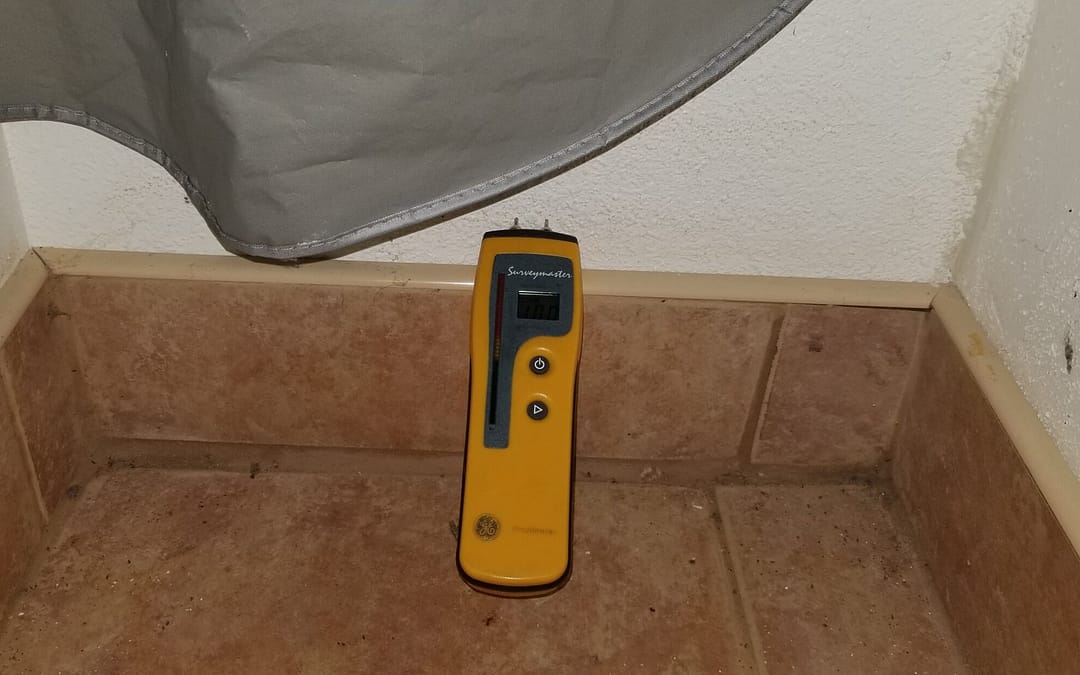
How Do Heat Pumps Work With Air Conditioning? | New York Spaces
Do you know how your air conditioner works? Most people don’t think about it, but it’s a pretty interesting process. Air conditioners with heat pumps can provide both cooling and heating to a home by using a single piece of equipment. It uses a heat pump to move heat from inside your home to outside. Keep reading to learn more about how do heat pumps work.
How does a heat pump work with an air conditioner?
A heat pump is a machine that transfers heat from one place to another. In the summer, it takes the heat out of your house and puts it outside. In the winter, it takes the cold air outside and brings it inside. A heat pump is a device that uses electricity to move thermal energy from one place to another. Heat pumps are used in various applications, including heating and cooling buildings, providing hot water, and industrial processes. A heat pump can be used as the primary or backup heating source in an HVAC system.
A heat pump works with air conditioning by using a special valve to switch between two different kinds of refrigerant: R-22, which is used in old air conditioners, and R-410A, which is used in new air conditioners. When the weather is warm, the pump uses R-410A to cool your house. When the weather gets cold, it switches over to R-22 to warm your house up.
Heat pumps absorb thermal energy from one area and release it into another. In an HVAC system, the heat pump absorbs thermal energy from outside (the air or ground) and releases it into the building. This process is reversible, so the heat pump can absorb thermal energy from inside the building and release it outside.
What are the different types of heat pumps available?
A heat pump is a device used to transfer heat from one location to another. The basic principle behind how a heat pump works is relatively simple. A fluid is circulated through the system, and as it passes through the different components, its temperature is changed. The hot fluid discharged from the compressor provides thermal energy that can be used for heating or cooling purposes.
Heat pumps are available in four types: air-source, water-source, ground-source, and refrigeration-type. Air-source heat pumps use the outdoor air as the heat source and sink. Water-source heat pumps use a body of water such as a lake or river as the heat source and sink. Ground-source heat pumps use the earth as their sink and heat source. Refrigeration-type heat pumps use an evaporator coil to absorb thermal energy from a cold space and a condenser coil to release thermal energy into a warm space.
Air conditioners work with two coils: an indoor coil that cools your house by removing humidity and an outdoor coil that dumps the hot air outside. A thermostat senses when your home has cooled down to the temperature you set, then tells the AC unit to turn off. Heat pumps also have two coils but work in reverse; the indoor coil becomes the outdoor coil and vice versa, depending on the season it is. During the summer months, your house will become cooler because the indoor coil will dump hot air outside; during the winter months, your home will become warmer because the indoor coil will suck in cold air from outside.
Heat pumps are an important part of air conditioning systems. They work by transferring heat from one place to another, allowing the air conditioning system to work more efficiently. Overall, heat pumps are an important part of keeping buildings comfortable and energy-efficient.
This content was originally published here.





